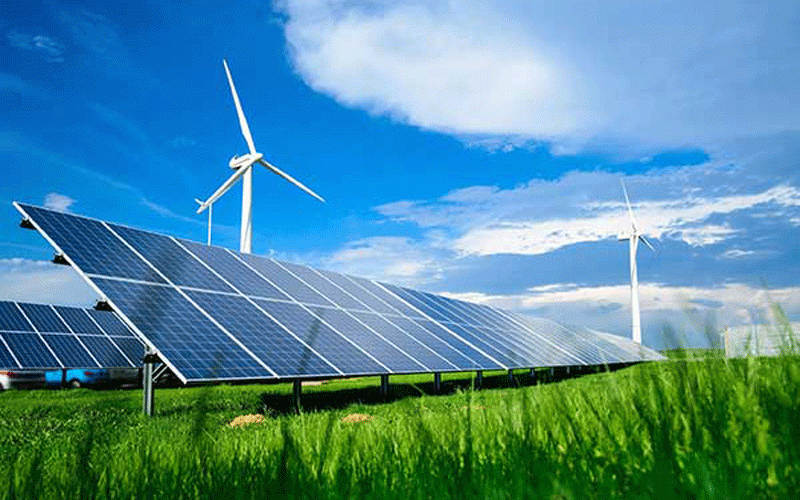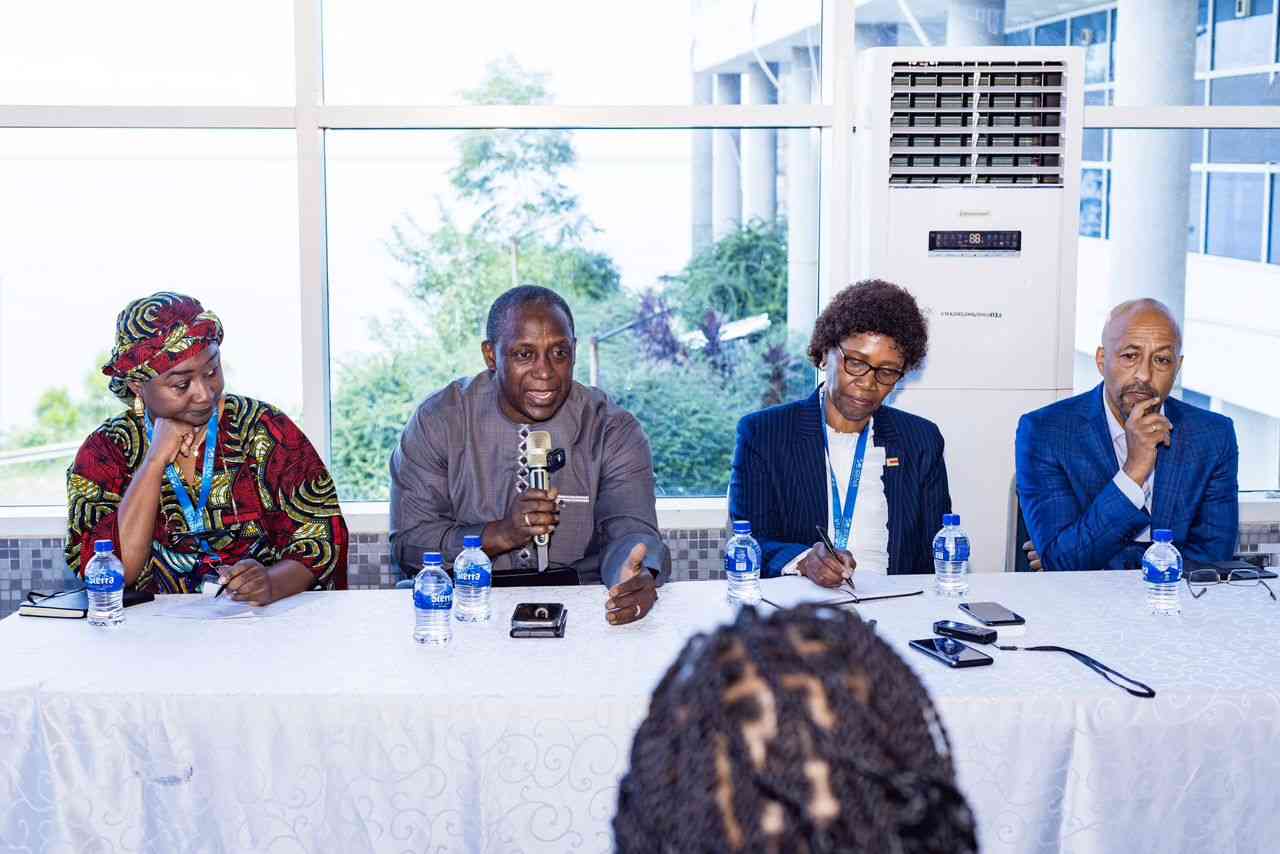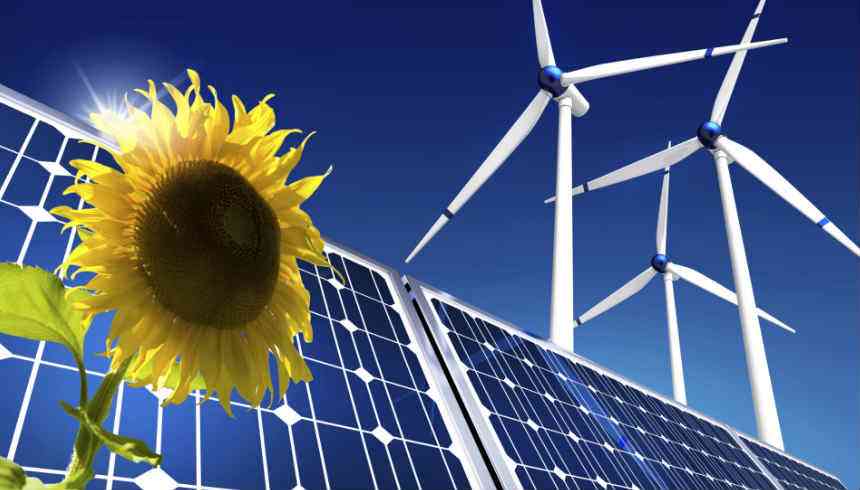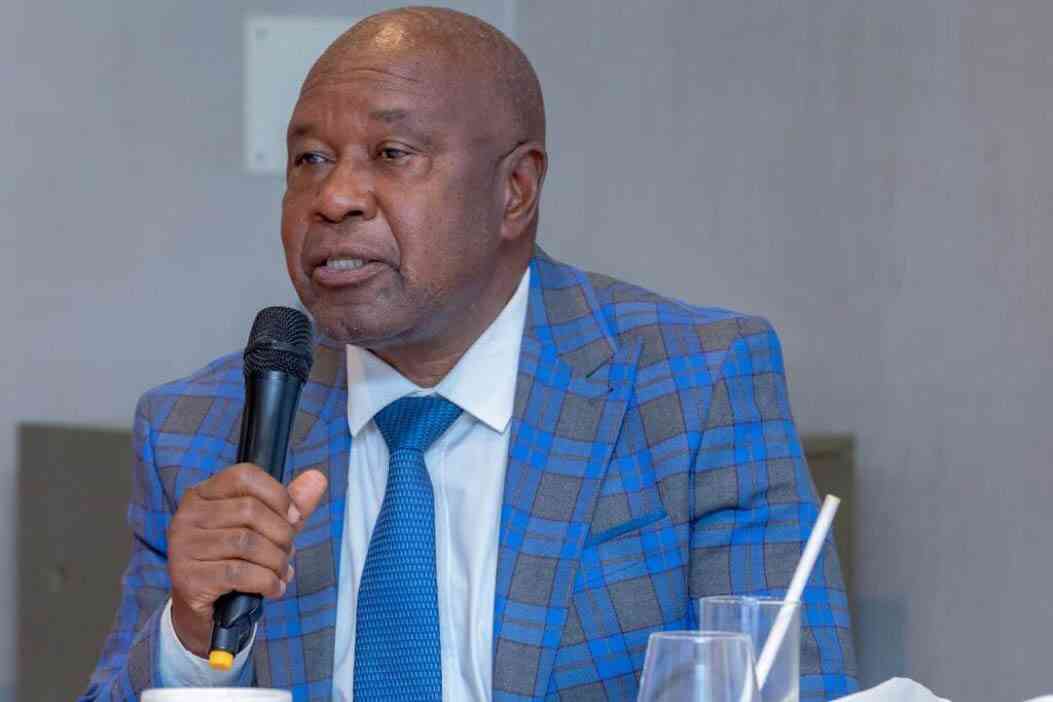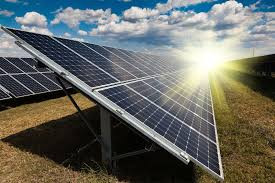
As Zimbabwe journeys toward Vision 2030, a bold commitment to achieving an empowered upper-middle-income economy, I am filled with immense hope and responsibility.
There is one element that remains the heartbeat of that ambition: energy. Without energy security, there is no economic freedom.
Without sustainability, there is no generational guarantee. And without long-term planning, there is no resilience.
As the CEO of Power Giants Private Limited, an engineering, procurement and construction company specialising in high-voltage power infrastructure, I have had the privilege of working at the intersection of vision and implementation, where policy becomes power, and strategy becomes light.
I commend President Emmerson Dambudzo Mnangagwa and the government of Zimbabwe for their unwavering focus on infrastructure development, renewable energy, and economic transformation.
Their visionary leadership is steering us toward a self-reliant and future-ready nation.
Below, I reflect on some of the most pressing and promising developments in our national energy landscape, and why unity and innovation must be our greatest tools going forward.
- Building long-term energy sovereignty through policy
Zimbabwe’s energy policy framework is increasingly aligning with the demands of a new industrial age. Guided by the National Renewable Energy Policy (2019) and anchored within the National Development Strategy 1 (NDS1), the Government is pursuing a multi-pronged agenda: ensuring universal access to energy, diversifying the energy mix, and accelerating private-sector participation.
- ZITF Company launches AfriConfex
- Zanu PF should stop tarnishing good name of our country's liberation war veterans
- Cartoon: September 15, 2022 3dition
- Local energy firm bids to create employment
Keep Reading
This policy shift is more than just rhetoric; it is a call to arms. As Power Giants, we recognize that true energy sovereignty means investing not only in megawatts, but also in infrastructure, resilience, and innovation. National planning must be visionary, yet practical; ambitious, yet grounded.
We fully support government’s efforts to expand energy access to underserved areas, particularly rural communities.
It is through inclusive development that we shall leave no one and no place behind. We are actively involved in assisting schools, clinics, growth points, and agricultural hubs to gain access to solar energy and modern electrification systems.
A well-powered Zimbabwe is a well-prepared Zimbabwe. With stable energy, industries grow, jobs are created, and young people are empowered to become innovators and builders of tomorrow.
- The rise of renewable energy: From potential to power
Zimbabwe is bathed in sunshine, over 300 days a year. Our wind corridors, especially in elevated areas like Nyanga, Gwanda, and parts of Matabeleland, also present untapped potential.
To date, more than 80 independent power producers (IPPs) have been licensed, most in the solar energy space.
However, challenges in funding, grid integration, and regulatory efficiency continue to delay execution. Currently, renewables make up less than 5% of our national energy mix, a number far below our potential.
At Power Giants, we are proud to be working with local authorities and private investors to deploy rooftop solar systems, embedded generation plants, and grid-tied projects that will help push renewables from potential to reality. The time to act is now. The climate won’t wait, and neither should we.
We view the promotion of clean energy not just as an environmental goal, but as an economic imperative. Solar and wind projects are creating jobs, increasing access to power, and helping Zimbabwe reduce dependence on fossil fuels and costly imports. We are seeing young engineers, technicians, and entrepreneurs stepping forward to contribute to this energy revolution.
This is why we are fully aligned with the leadership’s push for a green economy under Vision 2030. We see solar and wind as the key to both climate resilience and job creation.
- Hwange units 7 and 8: A national turning point
The recent commissioning of Hwange Units 7 and 8, which added 600MW to the national grid, represents a monumental step in Zimbabwe’s energy history. These are not refurbishments, they are brand-new units that signal our ability to execute large-scale infrastructure under difficult economic conditions.
With their coming online, load-shedding has been reduced, and confidence in public infrastructure is slowly being restored. The future will require more such projects, integrated with renewables, smart grids, and industrial off-take strategies.
As Power Giants, we support this national achievement by complementing large-scale generation with modern transmission and distribution solutions—because generation alone is not enough. Power must reach the people.
I applaud the Government for continuing to prioritize such legacy projects. It proves that with the right leadership, determination, and partnerships, Zimbabwe can build and manage world-class infrastructure.
Moreover, these projects serve as a springboard for other regional opportunities. Our energy success can be shared across borders, strengthening Zimbabwe’s position within Sadc and the broader African energy network.
- Exporting power in a time of domestic constraint
It often raises eyebrows that Zimbabwe exports electricity to neighbouring countries like Namibia and Zambia through the Southern African Power Pool, even during periods of domestic shortages. While seemingly contradictory, these export arrangements are often contractual, strategic, and revenue-generating.
Electricity exports provide Zimbabwe with much-needed foreign currency and help maintain our seat at the regional power trading table. However, such exports must be carefully managed to ensure they do not disrupt domestic supply obligations, especially during peak demand or climate-induced generation deficits.
Exporting power also enhances regional cooperation and interdependence. It is part of Zimbabwe’s commitment to regional growth and economic diplomacy, in line with
President Mnangagwa’s foreign policy thrust. When managed with foresight, power exports can support our economic trajectory and fund domestic energy investments.
- Balancing exports and grid stability
The export of power does not inherently destabilise the grid, as long as generation, demand, and reserve margins are properly forecasted and balanced. However, during times of low water levels at Kariba or unexpected faults at thermal plants, exports can create tension between revenue generation and citizen supply.
This is why we must rapidly scale up renewable energy sources, battery storage, and smart demand-side management tools. Power Giants is leading in some of these areas by working with local industries to install solar + storage systems that reduce pressure on the grid and improve operational independence.
We need to future-proof our national grid. That means investing in innovation today, to avoid crisis tomorrow. It also means empowering our engineers, strengthening our institutions, and modernizing the frameworks that govern our energy ecosystem.
- The future of solar and wind in Zimbabwe
Estimates show that Zimbabwe has the potential to generate over 3000 MW from solar alone, enough to power the region. Wind potential is smaller but still meaningful, especially in hybrid systems and remote micro grids.
The government has set a target of 1 100 MW of renewable energy capacity by 2030, and we believe this is achievable if:
Bankable renewable projects receive investment guarantees and risk mitigation tools;
The Zimbabwe Energy Regulatory Authority (Zera) continues to improve turnaround time for IPP licensing and grid access;
The private sector is empowered to innovate without bureaucracy stifling progress.
At Power Giants, our vision is to build Zimbabwe’s energy independence from the ground up, through collaboration, smart engineering, and a relentless belief in our people’s ability to solve African problems with African solutions.
We are fully committed to supporting Vision 2030. Energy is the backbone of industry, agriculture, health, education, and innovation, and we are building that backbone. We believe the light of Zimbabwe's progress must shine from village to city, from border to border.
Conclusion: Energy is the foundation of freedom
Energy is no longer just a sector; it is a national security asset, an economic enabler, and a human right. The choices we make today will determine whether Zimbabwe becomes an energy importer or exporter, a follower or a leader, a consumer or a creator.
I am proud to be part of a generation of Zimbabwean engineers and visionaries committed to making sure that the light we generate is not just electrical, but transformational.
I salute the government, under the leadership of President Mnangagwa, for creating a fertile environment for investment, innovation, and industrial growth. Together, we can power a future that is bright, inclusive, and unstoppable.
Let’s build, together.
- Dr. Eng. Edzai Kachirekwa is the chief executive officer of Power Giants Private Limited Zimbabwe. He can be reached on https://powergiants.co.zw or Email: [email protected]


